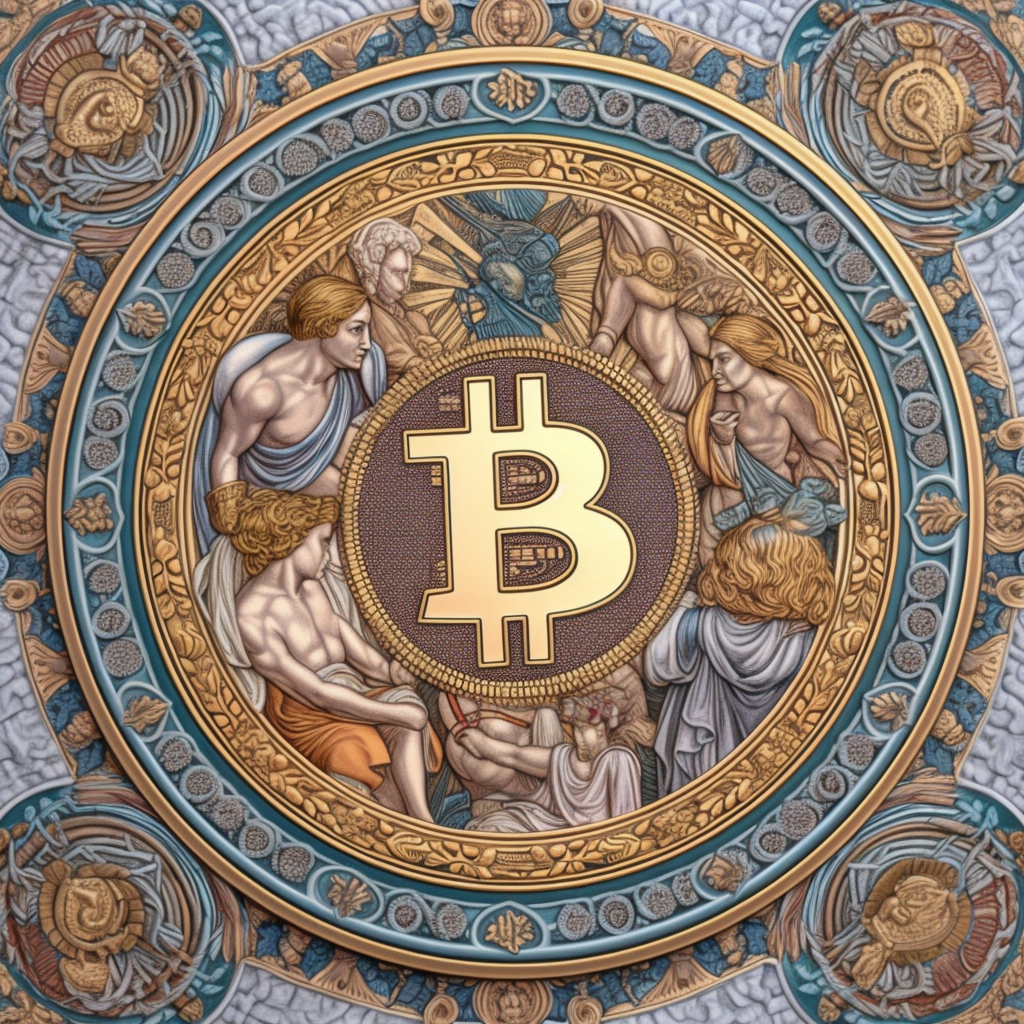
4 minute read
THE DEBAUCHERY OF CURRENCY - A Bloody History of Money
GOOD MONEY: A MILDLY VIOLENT HISTORY
Money is born of necessity. Throughout history, people have used what was around them to solve the problem of the moment. The invention of money, considering its usefulness throughout history and in all parts of the world, is comparable to that of the discovery of fire and the invention of the wheel. And yet it is among the least understood inventions in existence.
Advertisement
Part of the mystery can be explained by simply understanding what makes some things suitable to serve as money and why other things cannot serve as money. Money has distinct properties, and it took 3,000 years to figure out what those properties are.
The first form of money used in Mesopotamia was barley. Barley was used as a medium of exchange, a unit of account, and a store of value.
As the problems associated with barley and clay coins became evident in Mesopotamia, merchants started using metal rings and coins made of silver and gold as a medium of exchange. The first metal coins were introduced in Mesopotamia around 2000 BC. These coins were made of silver and were also called shekels. They were small, round, and stamped with images of gods and kings. The use of metal coins as money was an important development because they were the beginning of “good money.”
The introduction of standardized coinage was a significant development in the history of money, as it made transactions easier and more efficient. Before coins, people had to rely on bartering, which could be cumbersome and impractical. With coins, people could easily trade goods and services for a fixed amount of money, regardless of the specific items being exchanged. This allowed for more complex economic transactions and enabled commerce to flourish.
The introduction of coinage in Lydia had a significant impact on the wider world. The use of standardized coins spread quickly throughout the Mediterranean region, and by the fifth century BC, such coins were in use in most parts of the ancient world. The adoption of a standardized system of money also paved the way for the development of more sophisticated banking and financial systems.
Another issue with the Lydian coinage system was the problem of debasement. Currency debasement refers to the intentional reduction of the precious metal content in coins by the issuing authority.
Debasement destroys the properties of scarcity and fungibility. When money lacks sameness, or no longer represents what it is supposed to, or is easily obtained, it ceases to function as good money and becomes bad money.
Two bookend events–currency debasement culminating in political revolution–have repeated many times throughout world history. The recipe for failure is always the same: a nation creates a high, yet unsustainable, standard of living financed by debt. So long as the population and economy grow, this debt can be refinanced and paid for with cheaper, debased currency sometime in the future. But when that growth stops, problems set in. Unwilling to adjust the national standard of living downward, governments debase the currency even more. Inflated prices give the impression of value being maintained, but the purchasing power declines: more money buys less stuff. The fruits of inflationary debasement have always been economic turmoil, which eventually manifests in political instability and, in many cases, bloody war.
The decline into ruin often takes decades, and sometimes centuries.
One of Roman Emperor Commodus’ first acts was to debase the denarius, something he would do repeatedly to pay soldiers more to acquire their loyalty and protection. Twelve years later, laying in his bath, sick and weak and vomiting from the poison his mistress gave him, he looked up to see his trainer, a wrestler named Narcissus. His last acts as emperor were likely a gasp and an expression of shock, as Narcissus killed him with his bare hands. And that should tell you everything you need to know about the impact of currency debasement on economic and political stability.
Between 175 AD and 300 AD, the denarius was debased from 2.5 grams of silver to practically zero. It is estimated that the inflation rate reached an astronomical 15,000% between AD 200 and 300! During this time, an emperor had an 84% chance of being killed—either via warfare or assassination. The length of reign dropped from 10.3 years to 4.4 years.
With no stable government and worthless money being paid to soldiers, the empire was overrun by Germanic tribes, including the Visigoths and Vandals. By 476, the Roman Empire was no more.










